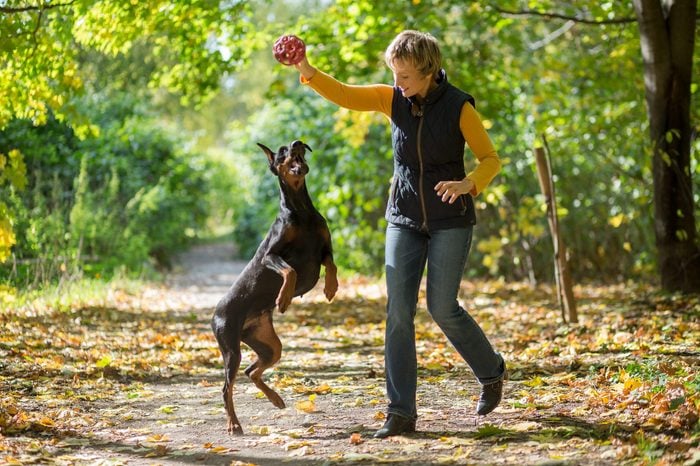Dogs are social and devoted creatures. They can be easily adapted to living in groups, and they even tend to be great at interpreting human behavior and gestures. However, this doesn’t mean that all dogs will naturally be friendly and social. So training your dog for social behavior is essential for pet owners as it can help them establish healthy relationships, reduce negative behavior, and become a great pet. By following a few simple steps, you can encourage your dog to be a model citizen with excellent pet etiquette.
1. Start early
It’s important to begin socialization training as early as possible, preferably when your puppy is just a few weeks old. Introducing your puppy to a variety of new people, animals, and situations in a positive and controlled environment is crucial for developing social behavior.

2. Provide Positive Experiences
It’s essential to let your dog have positive social experiences. Arrange playtime with other people and dogs and use treats and rewards to reinforce positive thoughts and behaviors. This helps build positive relationships and behavior patterns, making your dog more willing to interact with others.
3. Train regularly
Regular training sessions are necessary for reinforcing learned behaviors and introducing new ones. Short, frequent sessions work better than long, infrequent ones, and consistency is key. Keeping up with training will help your dog retain their social skills.

4. Train Basic Commands
Training your dog for basic commands is essential for establishing social behavior. Commands such as “sit,” “stay,” and “come” can improve your dog’s listening skills and response to social cues. Teaching your dog these commands will also make it easier to control them in social situations.
5. Monitor Your Dog’s Behavior
Observe how your dog interacts with others. If negative behavior such as aggressive behavior or dog piling occurs, take action immediately to avoid injury. Supervise the behavior and provide guidance to teach your dog proper social skills.
6. Provide Diverse Social Experiences
Introducing your dog to people and dogs of all ages, races, genders, sizes, and breeds is key to developing social behavior. Encourage positive interactions and monitor behavior to avoid negative experiences.

7. Be patient and consistent
Training your dog for social behavior takes time and patience. Consistency in training and positive reinforcement will create a pet with exemplary pet etiquette. Remember to celebrate achievements and be patient through setbacks.
In conclusion, training your dog for social behavior is crucial for building a happy and well-behaved pet. With positive encouragement, regular training, and patience, your furry friend can become a model citizen with excellent pet etiquette.

